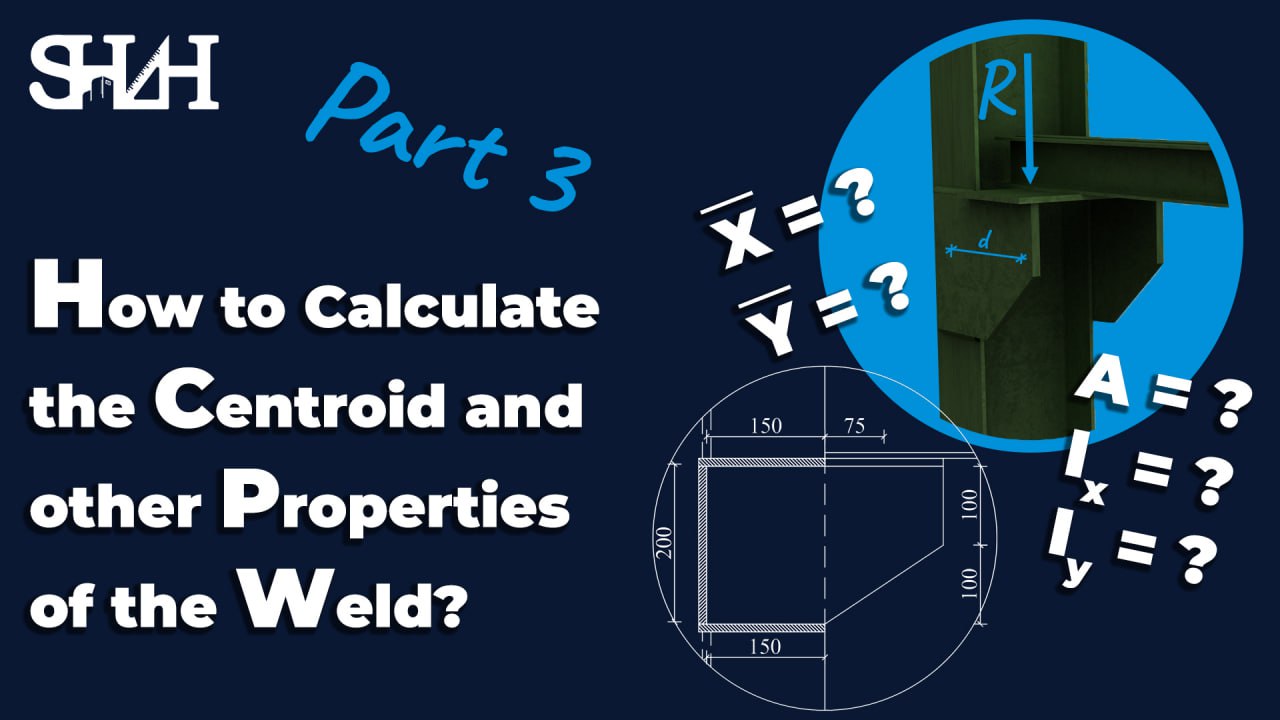005 Introduction To Elastic and Plastic Bending Moment Calculation
-
 Category: Structural Mechanics
Category: Structural Mechanics
-
 Release Date: 13/04/2023
Release Date: 13/04/2023
This video teaches us how to determine the elastic and plastic load for a rigid element connected to deformable bars. The example is an introduction to understanding how to determine the elastic and plastic bending moment of an Euler-Bernoulli cross-section. The example description is as follows: A rigid horizontal element with a length of 6a is supported by a hinge at its mid-span. A couple of P forces are expected to be applied at both ends of the rigid component. With the interval of a from both ends, the element is supported by 6 rods. Rods are made from an elastic, perfectly plastic material. The yield limit of the material is 250MPa, and the elasticity modulus is 200GPa. The rods are with a diameter of 25mm with a length of 500mm. Assume the material is homogenous and has similar behavior in tension and compression. Also, we can ignore the effect of buckling in this example.
- Derive the compatibility equations.
- Determine the minimum required force P that the first bar(s) would yield.
- Determine the load P when the next bar(s) would yield.
- Determine the load P when the entire system becomes plastic (When the structure becomes a mechanism.)
- Sketch the Force P and its node displacement graph.
Link to the description and detailed solution notes: Download




